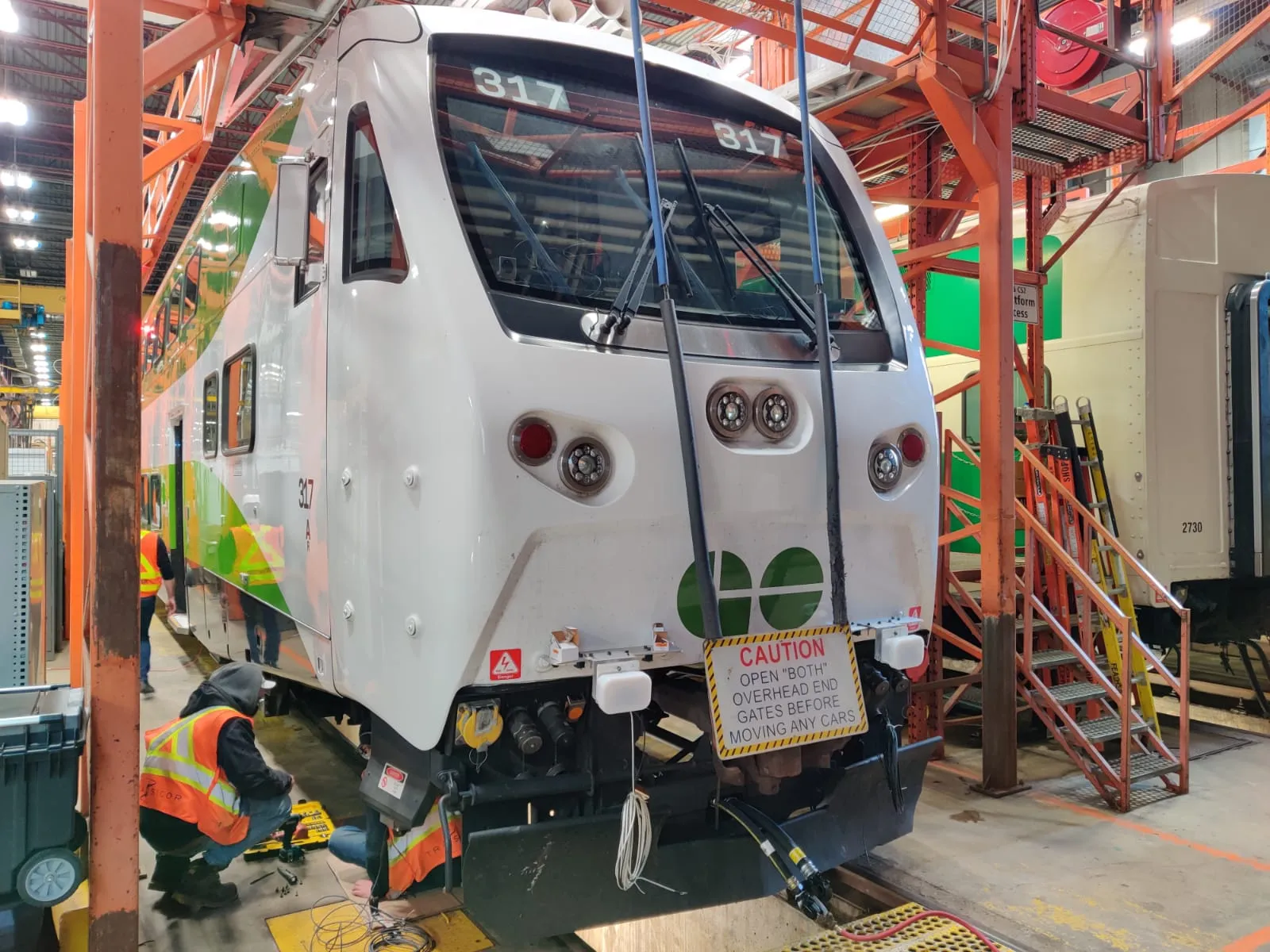In an effort to reduce collisions caused by deer, moose, elk and caribou in Ontario, the highway ministry’s eastern region is now testing sophisticated motion-detection systems that flash a warning to motorists only when animals are on or near the highway.
November 5, 2013
Read time: 2 mins
In an effort to reduce collisions caused by deer, moose, elk and caribou in Ontario, the highway ministry’s eastern region is now testing sophisticated motion-detection systems that flash a warning to motorists only when animals are on or near the highway.
Two new test systems developed by Rotalec, use solar-powered perimeter radars to track all movement and the speed of every passing vehicle on the highway. Software analyses the size and speed of objects captured by the radar to separate man and automobile from beast. Small mammals like squirrels and raccoons, however, are still on their own. The system cannot track their crossings.
While political sensitivity in Ontario about photo radar means that the data cannot be used for speed enforcement, Mr. Dickson said that the speed data showed that motorists were changing their ways.
“The alarm is tripping regularly, and we are starting to see speeds coming down,” said Blake Dickson, vice president of sales and marketing at Rotalec.
David Brake, a traffic project specialist with Ontario’s Ministry of Transportation, said speeds had fallen 15 per cent, on average, when the lights were flashing.
Two new test systems developed by Rotalec, use solar-powered perimeter radars to track all movement and the speed of every passing vehicle on the highway. Software analyses the size and speed of objects captured by the radar to separate man and automobile from beast. Small mammals like squirrels and raccoons, however, are still on their own. The system cannot track their crossings.
While political sensitivity in Ontario about photo radar means that the data cannot be used for speed enforcement, Mr. Dickson said that the speed data showed that motorists were changing their ways.
“The alarm is tripping regularly, and we are starting to see speeds coming down,” said Blake Dickson, vice president of sales and marketing at Rotalec.
David Brake, a traffic project specialist with Ontario’s Ministry of Transportation, said speeds had fallen 15 per cent, on average, when the lights were flashing.









